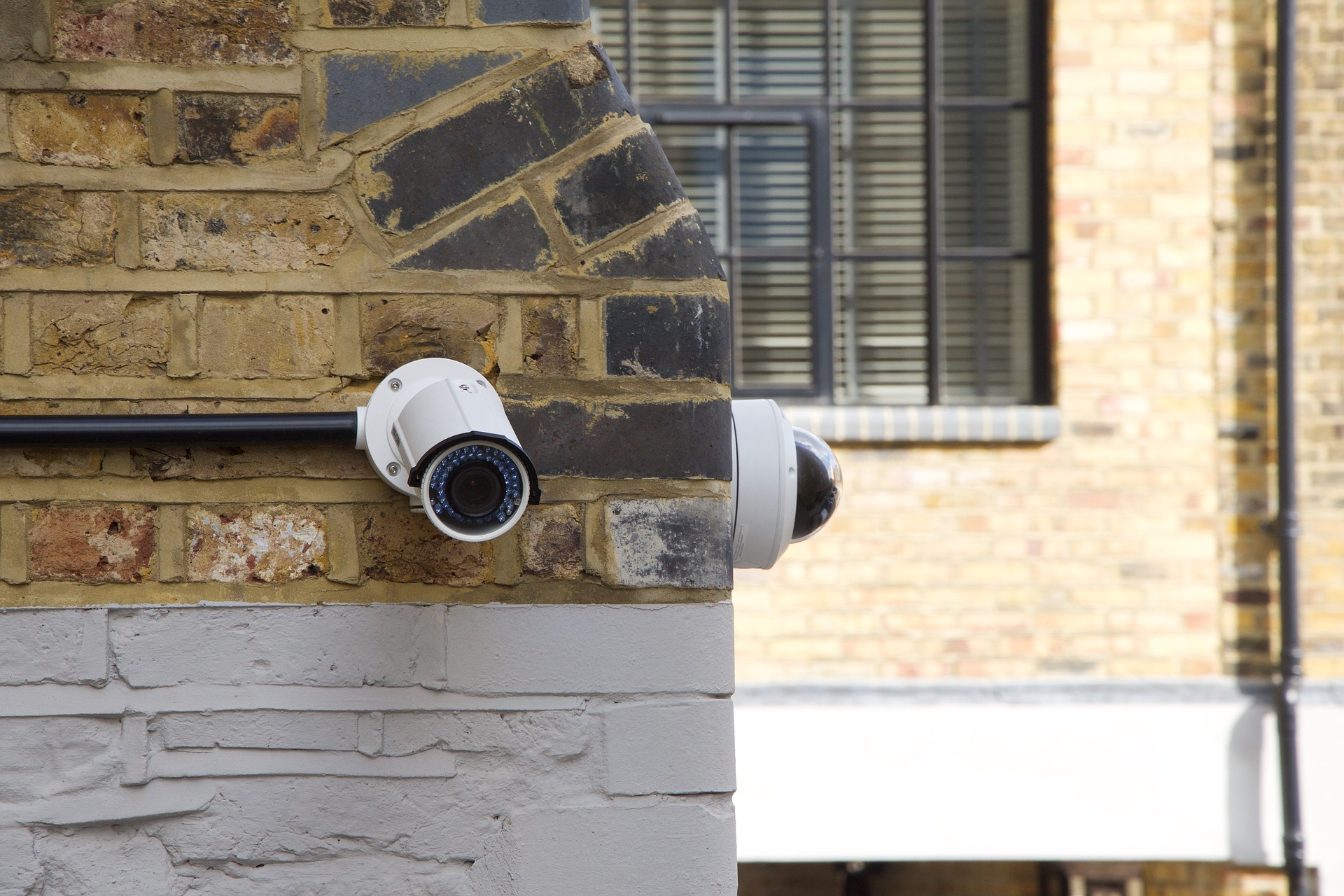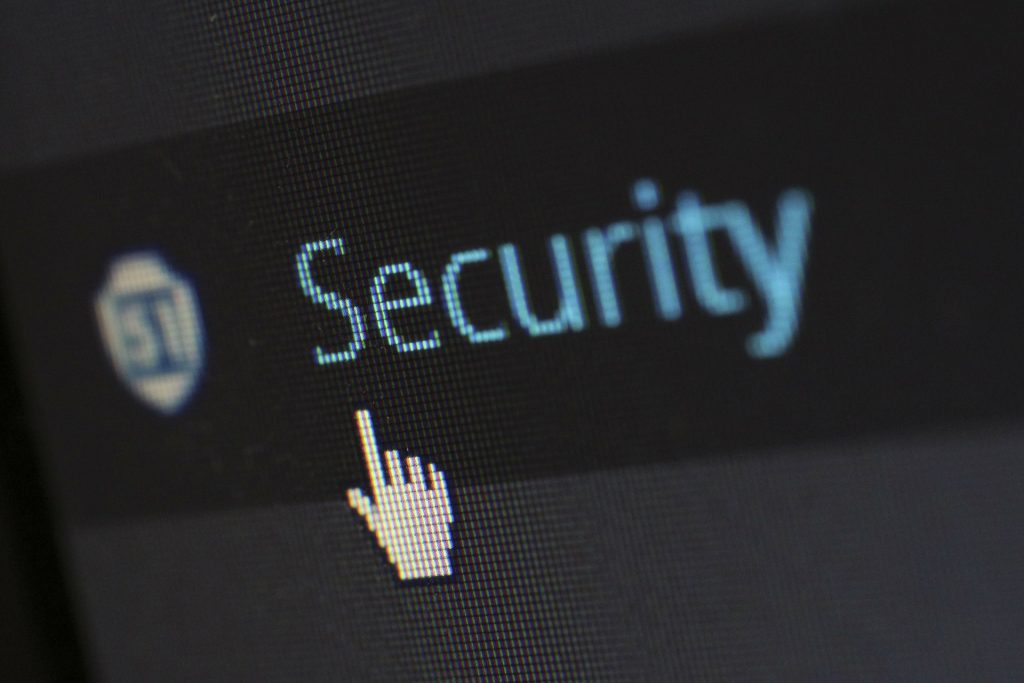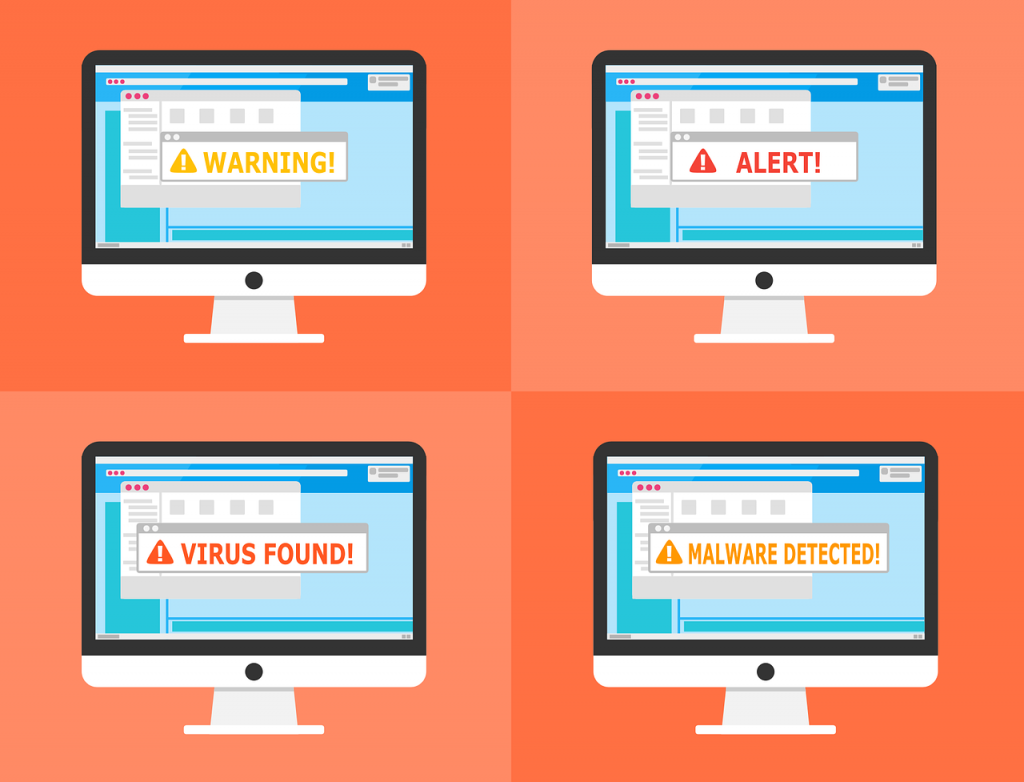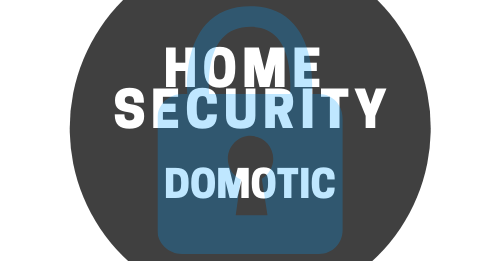How to Find out If Your Security Camera Has Been Hacked and How to Prevent Anyone From Stealing It

There are numerous ways in which security cameras can be hacked. A lack of security features (e.g., simple passwords) and the availability of camera hack applications result in webcams, baby monitors and cameras being hacked. Further, security cameras are also vulnerable to theft when these are not placed correctly. One of the best ways to prevent your cameras from being stolen is to hide them in areas where one can’t reach.
Below are six signs to always pay attention to if you suspect your security camera has been hacked.
1. Always check out for strange noises from your baby monitor and IP camera. It isn’t straightforward to detect any signs indicating that your IP camera has been hacked. If you hear any unfamiliar voice from your security camera, then it is pretty obvious that your device has been hijacked, and an intruder is stalking on you through the camera — many videos and news show how hackers interact with children remotely through hacked security cameras.
2. See if your camera deviates from its regular rotation. If you notice that your security camera is following your movement, it is very likely your device was hacked. One has control over your pan-tilt camera when it is hijacked. A hacked camera or baby monitor can rotate or point to unusual positions.
3. Check for any changes in the security settings. It is essential to go over the security settings and check if the password has been set to default. The hacker may leave some information on the settings.
4. Search for blinking LED lights, and in case you notice it, simply reboot your computer. Get to scan your computer to spot any virus behind your camera’s behavior.
5. Do not ignore any illuminated LED light. If the LED light is on when you didn’t enable it, it is crystal clear your camera was hijacked. The hacker behind has control on turning it on and off. Follow the steps above to confirm if your security system has been hacked or not.
6. Verify the data flow of your security camera. Tracking the data flow on your network is possible when paying attention to sudden spikes in the network traffic. It is a sign of unusual activity, like an invalid login in the video feed.
People often procrastinate when it comes to patching and securing their camera systems. Many times, we tend to neglect to check for updates and consequently pass by vulnerabilities in the devices we use. IP cameras are similar to tiny web servers, and if they aren’t kept up to date, they can be harboring known vulnerabilities like any other server.

Home Security Systems have few vulnerabilities, but with the proper installation and procedures, you can keep yourself and your security system safe.
1.The most significant vulnerability for a home security system is the network. Weak and default passwords are the biggest problem when it comes to exposed systems. Always change the default password to a series of letters and symbols on all of your devices on a weekly or monthly basis. Hackers not only have access to your WiFi password but also to your camera information. It is advised to destroy the package the camera came in.
2. Make sure that the system is installed properly, no exposed wires where a subject could cut them easily, and stop the surveillance of your home.
3. Keep Cameras out of easy reach and possible obstruction, and set up alarms for video loss, and video tampering.
If you follow these three easy rules, your system will be very difficult to exploit and maybe even impossible. The easiest way through which someone can exploit your security system is by gaining physical access to the system itself. Once someone has gained access to the system, they could simply turn it off or damage it in a way that it no longer works. By following those tips above, gaining physical access to the system will be difficult and troublesome to a possible hacker.

And finally, here are additional tips to protect your security cameras from thefts and vandalism.
1. Position Cameras Beyond Reach
Positioning the outdoor security cameras beyond reach can effectively avoid the naughty kids tampering with your cameras. It also reduces the chance for the thieves to walk away with your cameras easily. Mounting cameras higher, buying anti-vandal dome cameras, or using special security screws can help lessen the chance of someone stealing them.
2. Place Cameras in Discreet Places with Coverings
Placing your security cameras in a not-so-obvious location with coverings is also a good method to protect them from vandals or thefts. An artificial plant, an outdoor low voltage lighting fixture, and the bushes are all discreet locations to place your cameras.
3. Add a Tough Protective Housing
A tough protective housing/skin is helpful to protect your outdoor security camera from vandalism. Besides, it can make your camera blend into the external environment; thus others won’t easily notice its existence.
